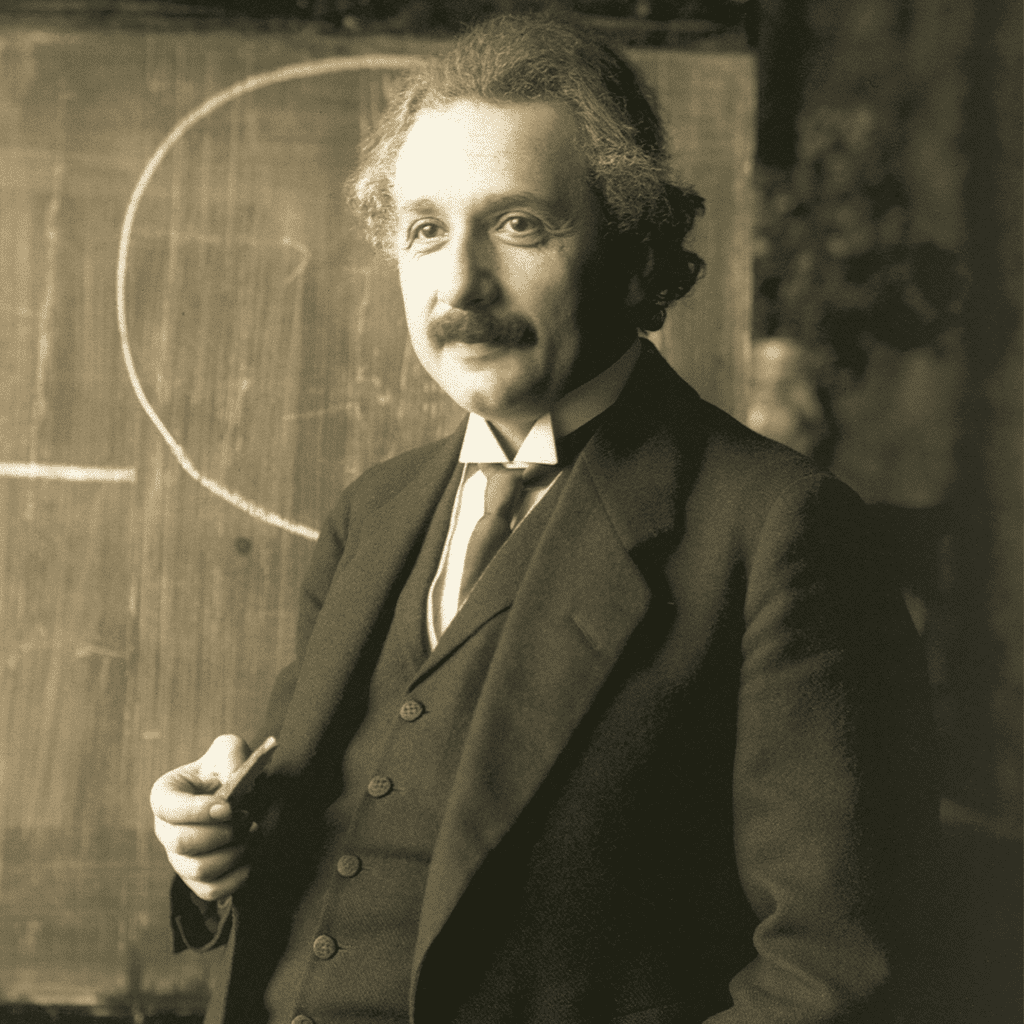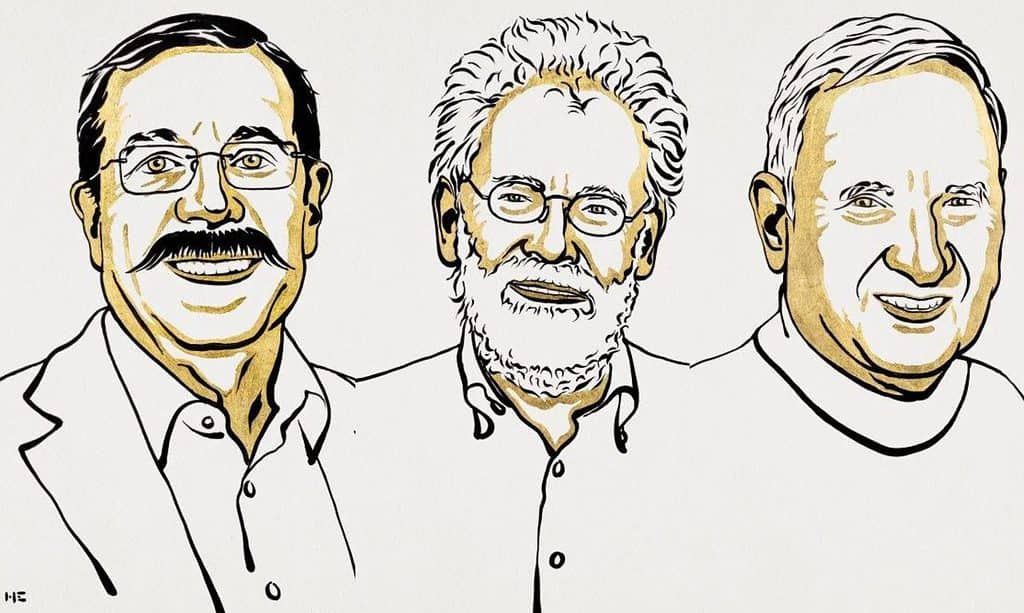On October 4, 2022, the Royal Swedish Academy of Sciences awarded the Nobel Prize in Physics, 2022, to Alain Aspect, John F. Clauser, and Anton Zeilinger for their groundbreaking experiments with quantum entanglement.
Giving the reason for the award“for experiments with entangled photons, establishing the violation of Bell inequalities and pioneering quantum information science” the move was a major validation for physicists who study and manipulate physics as the smallest scales, the subatomic quantum world.
The three physicists recognized by the Nobel committee have been at the very heart of quantum, taking some of the most counterintuitive, and outright weird aspects of quantum physics and not only validating these phenomena but actually making them usable.
They would take a theory introduced by John Bell that solidifies quantum mechanics as like nothing seen in the everyday macroscopic world around us and prove it experimentally, opening the door for a dazzling array of technology such as quantum computers.
Entanglement’s ‘spooky’ action
One of the most shocking and counterintuitive elements of quantum mechanics is the idea that two particles can exist in an entangled state, linked in such a way that a change in one instantaneously affects the other. The characteristics of these entangled particles have no set value until they interact with another system or are measured.
If that doesn’t sound too troubling, consider this instantaneous change would occur no matter how far apart the particles are from each other. Thus if two particles are separated by the entire universe, an instantaneous change would arise if one particle is measured with one or more of its qualities forced to take a state.
So for instance, electrons have a quality called ‘spin’ the quantum mechanical equivalent of angular momentum with set values. Two entangled electrons, A and B, exist in a state in which if one has spin ‘up’ the other must-have spin ‘down.’ They have no set value, the whole system exists in ‘superposition’ of electron A ‘up and down’/electron B ‘up and down.’

Electron A is measured and the superposition of the state collapses. If its spin is measured as ‘up’ that means electron B on the other side of the universe instantly becomes spin ‘down.’
If you doubt this statement well you certainly are not alone, in fact, you are in excellent company. History’s most famous physicist Albert Einstein was so troubled by entanglement he referred to it as ‘spukhafte Fernwirkungen’ or ‘spooky action at a distance.’
Einstein’s problem with entanglement was in part due to the fact that an instantaneous change in a particle’s state across a vast distance implies a signal travelling between the two particles faster than the speed of light.
In 1905 Einstein introduced the theory of special relativity with one of its key provisos being that no particle with mass could travel faster than light. He felt the exchange of information in entanglement threatened this.
The instantaneous action of entanglement also threatened the concept of local realism. This is made up of two premises; all particles have definite properties for all possible measurements (realism) and communication between particles can’t happen faster than the speed of light (locality). For entanglement to proceed as seen by early physicists one of these must principles must be wrong.
This prompted Einstein to suggest that quantum mechanics, a theory he himself has helped pioneer, was incomplete and that ‘hidden variables’ must exist in quantum systems. These would constitute instructions that tell particles what values to take when measured.
Einstein would spend the final years of his life devising thought experiments in an attempt to prove the existence of hidden variables. Together with physicists Boris Podolsky and Nathan Rosen, Einstein solidified his theory of the incompleteness of quantum physics in the Einstein–Podolsky–Rosen (EPR) paradox in a 1935 paper entitled “Can Quantum-Mechanical Description of Physical Reality be Considered Complete?”
It was the EPR paradox that John Stewart Bell would investigate laying the foundation for the road that would eventually lead Aspect, Clauser, and Zeilinger to the Nobel prize.
Quantum mechanics has nothing to hide
In 1964, Bell developed the idea that if Einstein’s hidden variables exist in quantum systems, the correlation between the results of a large number of measurements could not exceed a certain value. This would become known as Bell’s inequality.
The violation of this hypothesis experimentally would thus show that there are no hidden variables, demonstrating quantum physics is complete.

In 1972, Clauser was the first physicist to take Bell’s idea and demonstrate it experimentally. Along with Berkeley graduate student Stuart Freedman, who passed away in 2012, Clauser built an experiment to send two entangled photons in opposite directions toward fixed polarization filters.
The photons would either be blocked by the filters or allowed to pass them to reach a detector. How successful the journey of the photon was should depend on the angle at which it is polarized and the result achieved should be shown by its entangled partner.
The results obtained by Clauser and Freedman defied what would have been expected in classical physics and agreed with quantum theory to a tee. The results also implied that Bell’s inequality was violated and hidden variables don’t exist.
A decade later in 1982, Aspect, a physicist at the Université Paris-Saclay and École Polytechnique, France improved on Clauser and Freedman’s experiment by adding the ability to measure photons blocked by the filters.
Again, this improved experiment demonstrated the violation of Bell’s inequality and the completeness of quantum theory. Yet, there was still room for improvement.
Three is company when it comes to quantum physics, at least that was the thinking of Zeilinger, who today is a senior scientist at the Institute for Quantum Optics and Quantum Information of the Austrian Academy of Sciences.
In the late 1990s, Zeilinger added a third entangled particle to the entangled pairs used by Clauser and Freedman, and then in Aspect. He used that third photon to entangle the two other photons without those particles ever interacting. This further enforced the idea of quantum non-locality demonstrated by the previous physicists.

From this starting point physicists were able to begin thinking about how the non-local nature of quantum physics could be practically applied, leading to the development of quantum cryptography.
In this practice, the laws of quantum physics guarantee the security and privacy of a message exchanged between two parties and can tell them if an eavesdropper has even attempted to crack their code.
The award of the Nobel Prize in Physics 2022 to these scientists validates the ‘weirdness’ of quantum physics and the work of 100s of physicists all over the world who were determined to prove that there’s more to reality than meets the eye.


